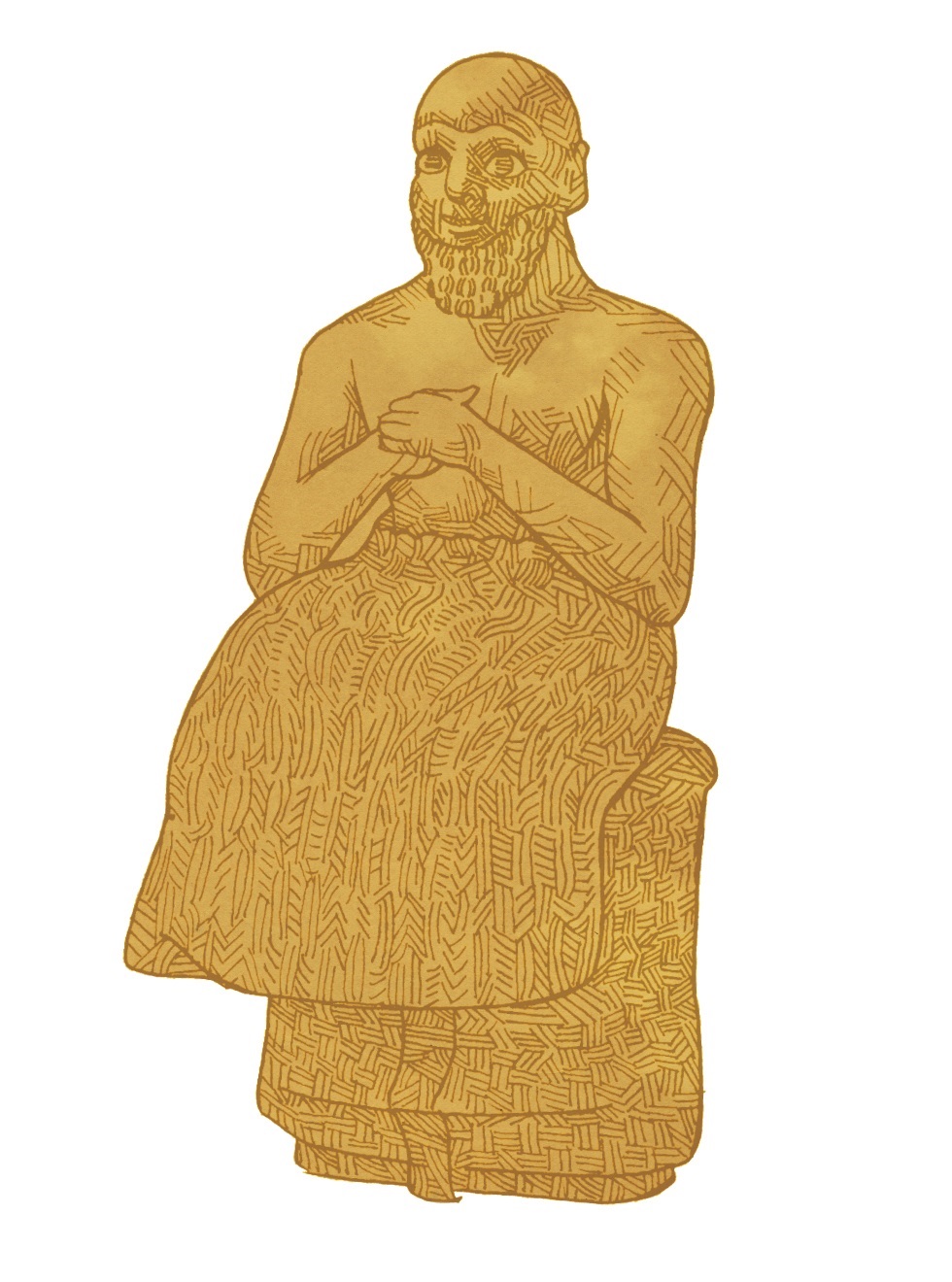Late Biblical Hebrew And The Qumran Pesher Habakkuk
DOI:
https://doi.org/10.5508/jhs.2008.v8.a25Abstract
The most widely held scholarly view argues that Early Biblical Hebrew (EBH) developed into Late Biblical Hebrew (LBH) during the sixth-fifth centuries BCE. It is claimed that on this basis scholars are able to date the composition of biblical books by analysis of their language. In contrast, we argue that EBH and LBH represent not successive chronological periods, but rather co-existing styles of Hebrew. This is demonstrated by the language of the Qumran Pesher-commentary on the biblical book of Habakkuk. Despite dating to the first century BCE and thus long after the period when LBH is said to dominate, Pesher Habakkuk is in EBH. It does not share the accumulation of LBH forms which characterises the core LBH books like Ezra, and exhibits a large number of cases where it prefers EBH linguistic forms against their LBH equivalents.Downloads
Published
2008-12-31
How to Cite
Young, I. (2008). Late Biblical Hebrew And The Qumran Pesher Habakkuk. The Journal of Hebrew Scriptures, 8. https://doi.org/10.5508/jhs.2008.v8.a25
Issue
Section
Articles

 Statue of Ebih-Il, drawing by Simeon Goa, © Journal of Hebrew Scriptures
Statue of Ebih-Il, drawing by Simeon Goa, © Journal of Hebrew Scriptures
